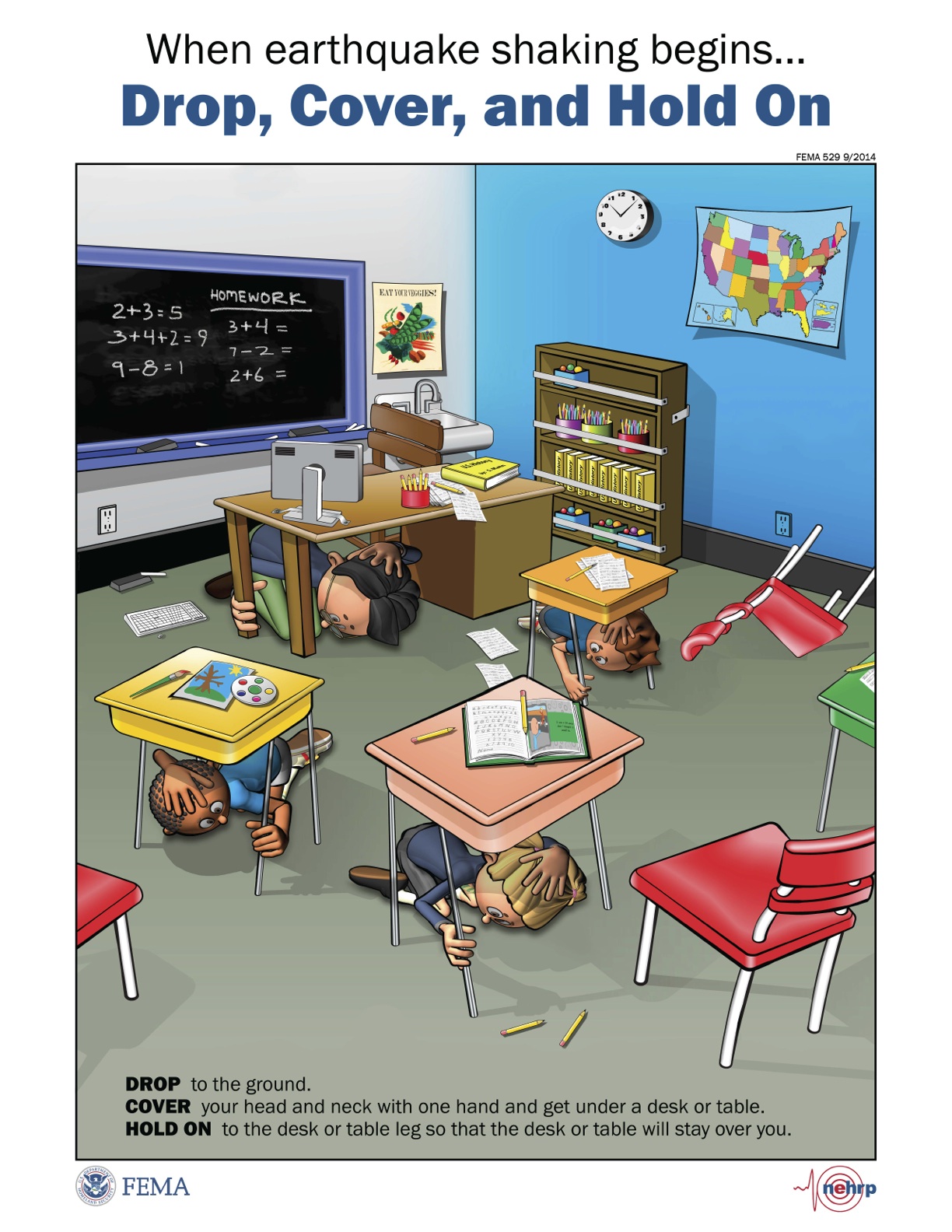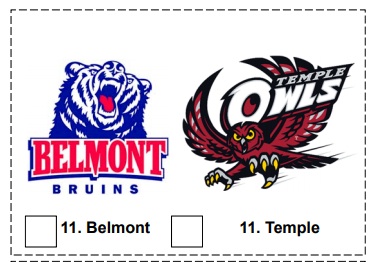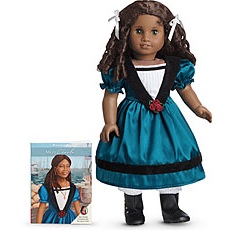Our homes are where we feel most comfortable and protected. Our homes are the safe havens where we raise our children. All the more reason why it’s so important to ensure that your home is a safe and healthy environment for the whole family. A great way to determine if your house is safe for everyone is through a safety audit. The following tips can help you feel more confident in identifying if you have any health or safety issues and how to address them.
Ditch hazardous chemicals and cleaners
Many of the cleaners sold in stores today are chock full of toxic ingredients. Exposure to some of these ingredients can cause immediate reactions, while others can lead to long-term illnesses. Accidental ingestion can cause vomiting or even death. One of the best ways to avoid safety issues with household cleaners is to rid your home of anything that could be considered hazardous and replace it with organic or homemade cleaners. While you are looking through your cleaners, take a moment to also look through the chemicals taking up space under your sink or in your garage. These products also carry harmful and toxic ingredients that are safety risks. Once you determine what you should dispose of and what you should keep, make sure to store all chemicals out of the reach of small children.
Childproof your home
Many parents take the time to childproof their homes even before they bring baby home from the hospital. Once you have more than one child, it’s easy to let childproofing fall by the wayside, which can easily lead to accidents. If you have small children, it’s very important to make sure that you have adequate childproofing in your home. One tried-and true-method for childproofing is to get down on your hands and knees and move about the house at the same height as a toddler. This will give you a better perspective on what could be a safety hazard. You might even be surprised at what you find!
Safely store household items, tools and medications
Many everyday household items might seem benign but still pose a safety risk for smaller children. Common concerns include televisions, car keys, animal toys and food dishes, remote controls and small batteries. Tools can also be safety hazards, so always make sure that tools (both inside and outside) are stored out of reach. Employ all safety mechanisms on your tools when they are not in use, and never leave your child alone in a garage or basement area where you store tools. It goes without saying, but any and all medications should be kept out of reach. Dispose of any expired medications through community events, or search for safe home disposal practices. Keep all narcotic medications in a locked box or safe.
Reduce allergens in your home
Allergens in the home can be a major contributor to allergy problems and asthma flare-ups. Most environmental allergies come from dust mites, which are microscopic creatures that feed on dead skin cells shed by humans; they live in bedding, drapes, carpeting and furniture. Other allergens come from animals. Some of the best ways to combat dust mites and pet dander is through weekly vacuuming sessions (use a vacuum with a HEPA filter) and by washing bed linens and towels in hot water. It’s also a good idea to wash or launder rugs, and consider using protective cases for pillows and mattresses. Air purifiers with HEPA filters are also great options for ridding the air of pollutants and dust.
Charlotte Meier loves helping people ensure the safety of their families and their homes. Her mission is the same as Home Safety Hub’s, which is to help people keep their homes safe.






